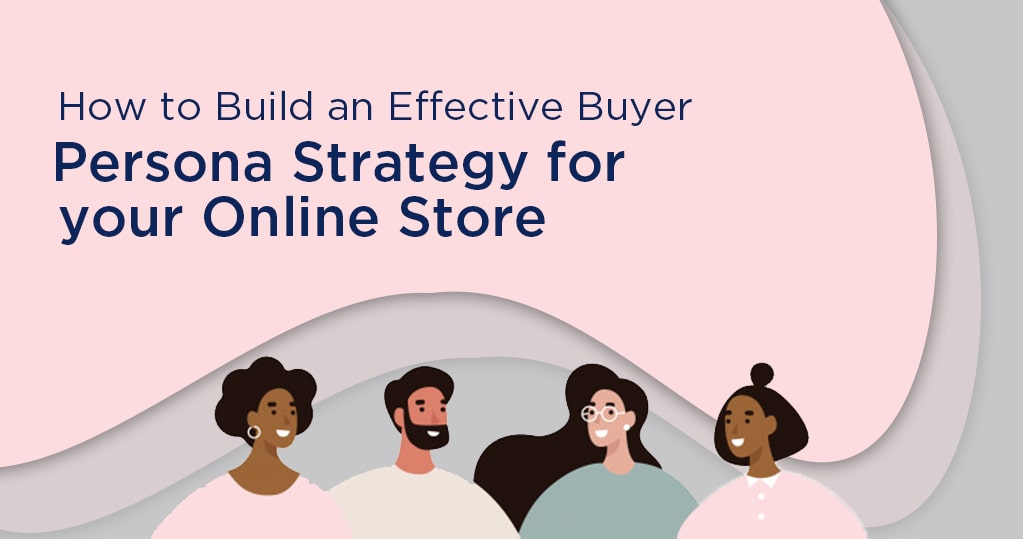Is your marketing connecting with your customers? Are you treating them like genuine, live people and not simply order numbers? If you’re just working with customer data –– returns, orders, etc. –– you aren’t doing as much as you could to guarantee that you’re making that human connection. To create truly effective marketing strategies, you need buyer personas.
What is a buyer persona?
Buyer personas are fictional representations of your potential customers. Well-crafted personas are beyond what cardboard cutouts you can throw darts at. Indeed, you need basic data that gives them a shape, however, there’s other information you need to gather that brings them to life and identify one persona from another.
What kind of data do I need and where do I find it?
Start with the data you already have about your existing consumers: e.g. gender, age, race, income, their job, where they live, who/what sort of company they work for, and so on.
Whatever data you’re missing, use progressive profiling to gather more demographic information here and there.
Then, discover customers’ beliefs, lifestyles, opinions, attitudes, interests, values, and motivations –– everything that makes up their psychographics. The most ideal way is to study their actual behavior. The following are the leading ways to collect additional customer behavior and lifestyle data:
- Monitor social media. What do they share? What do they like? Who are their friends? Simply make sure to recognize and account for its limitations as a research source.
- Study what customers do on your website. Using the correct software, like Google Analytics, you ought to have the option to see what they’re watching, reading, and doing. You can analyze their discovery path, which pages or links cause them to leave the most, what links they click on, what data they download, where they leave comments on products and what they say.
- Ask your customers. Utilize surveys, in-person focus groups, polls, and even webinars to check how they feel about specific topics, ideas and more.
What questions should I ask?
Not sure what to ask your customers? Don’t worry about it. Here are some ideas to help kick you off.
Ask your customers the following:
- What data sources do you trust?
- How would you get some answers about new products?
- What do you find so engaging about [product category]?
- Which individuals do you trust to give you reliable data about [product category]?
- What inspired you to buy [your product]?
- What’s your greatest frustration with [product category]?
- What different topics, such as [offer related examples], would you like to become familiar with?
- What’s your favorite [movie/song/fictional character/superhero/food/book/city] and why?
These are somewhat random examples, yet you get the idea. Be curious about the people who purchase your product — and about those individuals who don’t. Sometimes the greatest insights come from the people who don’t purchase.
With the above questions, you’ll have the option to determine:
- Where customers find new products (from friends, on social media, via a search engine, etc.), which will provide you direction on where to put ads or on which social networks your brand needs a solid presence.
- Which publications your customers read (Mashable, Vice, Fashionista, etc.), which will help figure out which press outlets you need your brand mentioned in.
- Their emotional reasonings behind why they like specific product categories. Keep in mind that [inlinetweet prefix=”” tweeter=”” suffix=””]most consumers purchase not based exclusively on price, yet on emotion as well[/inlinetweet]. Understanding the emotion behind why somebody prefers a specific product category can increase the effectiveness of your advertising and marketing copy.
- Which influencers beyond their group of friends they depend on for trusted information. You would then reach out to those influencers to help build your brand.
- Which other shopping interests your customers have beyond the product categories you offer, which can help decide the product categories you include as you diversify your brand.
- Their interests beyond shopping, which can help decide prize giveaways for contests and offers.
Build the Character
It’s difficult to understand someone just by reading their Facebook posts, Yelp reviews, or Twitter feed. But, combined with all your other research, you can make a reasonable customer persona or doppelganger that you can add to and improve after some time.
Creating the persona gives you a more realistic, 3D picture that helps to emotionally connect your customers with your brand.
Now, Put it All Together
Once you have an outline of your buyer personas, you can build the narrative for your persona(s) that brings them to life. As your buyer persona turns out to be real to you and your team, your e-commerce marketing will become more successful as your brand language speaks directly to the customer’s online shopping needs and desires.








